A cluttered kitchen can turn cooking into a chore and make even the simplest tasks feel overwhelming. But with the right kitchen organization strategies, you can transform your space into a functional, stress-free zone where everything has its place. Whether you’re a seasoned chef or just want to make meal prep easier, organizing your kitchen like a pro is within reach.
In this guide, we’ll share layout tips and must-have tools to help you organize your kitchen for maximum efficiency. From decluttering to optimizing your layout, these steps will save you time, reduce stress, and make your kitchen a joy to use. Let’s get started!
Why Kitchen Organization Matters
Before we dive into the how-to, let’s talk about why kitchen organization is so important:
- Saves Time: No more hunting for that elusive spatula or digging through drawers for the right lid.
- Reduces Stress: A tidy kitchen makes cooking and cleaning less chaotic.
- Boosts Efficiency: With everything in its place, you can move seamlessly from prep to cooking to serving.
- Maximizes Space: Even small kitchens can feel spacious with the right organization.
Now, let’s explore how to organize your kitchen like a pro.
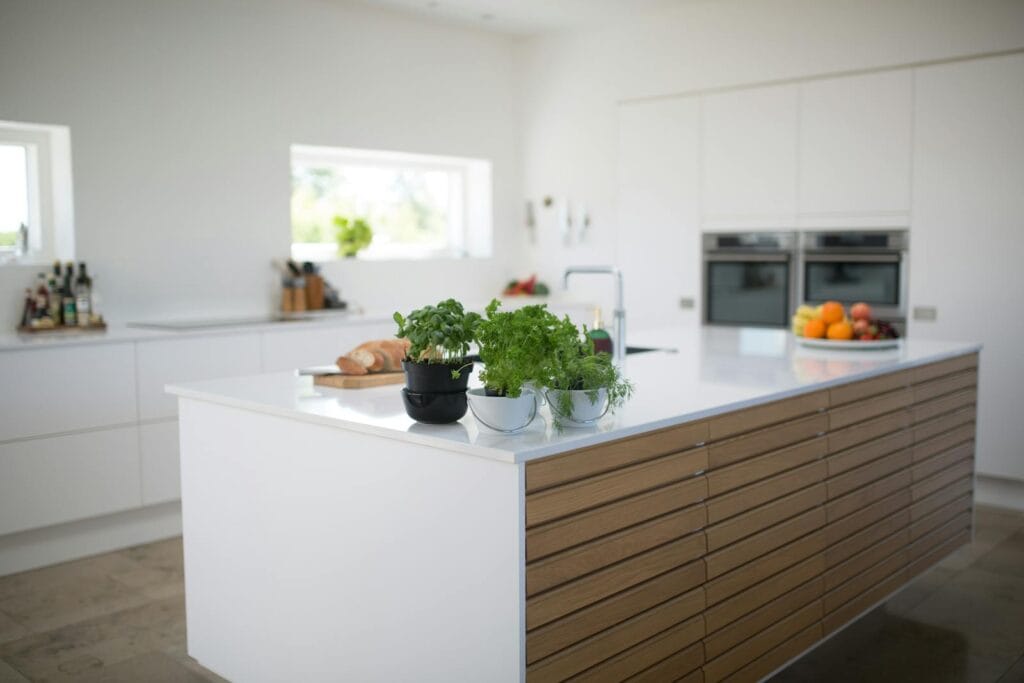
Step 1: Declutter Your Kitchen
The first step to any organization project is decluttering. It’s tough, but it’s essential. Here’s how to do it without feeling overwhelmed:
- Empty Everything: Pull out all items from your cabinets, drawers, and pantry. Lay them out on your counter or table.
- Sort into Categories: Group similar items together—pots and pans, utensils, baking supplies, etc.
- Ask Key Questions: For each item, ask, “Do I use this regularly?” and “Does this still work?” If not, it’s time to donate or discard.
- Be Ruthless with Duplicates: You don’t need three can openers or five spatulas. Keep only what you use.
Pro Tip: If you’re unsure about an item, put it in a “maybe” box and revisit it in a few months. If you haven’t missed it, let it go.

Step 2: Optimize Your Kitchen Layout
A well-thought-out kitchen layout is the backbone of an organized space. Here’s how to make it work for you:
- The Work Triangle: Arrange your stove, sink, and refrigerator in a triangle shape to minimize movement between key areas.
- Zone Your Kitchen: Create distinct zones for different tasks:
- Prep Zone: Near the sink with cutting boards, knives, and mixing bowls.
- Cooking Zone: Close to the stove with pots, pans, and cooking utensils.
- Storage Zone: Pantry or cabinets for dry goods, spices, and small appliances.
- Use Vertical Space: Install shelves or hooks to store items like mugs, pots, or even hanging baskets for produce.
Quick Tip: Keep frequently used items within arm’s reach and store rarely used items (like holiday dishes) in harder-to-reach spots.

Step 3: Organize by Category
Once your layout is set, it’s time to organize your kitchen by category. This keeps everything logical and easy to find.
- Group Like with Like: Store all baking sheets together, group spices by type, and keep snacks in one spot.
- Use Clear Containers: Transfer dry goods like pasta, rice, or cereal into clear, airtight containers for easy identification.
- Label Everything: Use labels on bins, jars, and shelves to maintain order and make it easy for others to find (and return) items.
Space-Saver Alert: Stackable containers and nesting bowls are your best friends in a small kitchen.
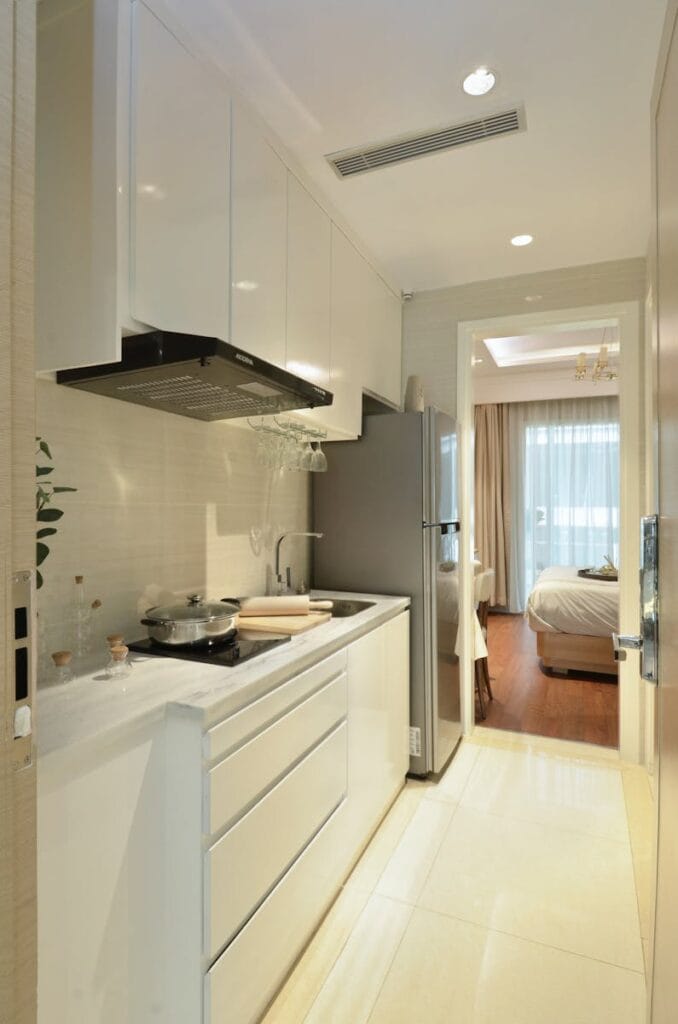
Step 4: Must-Have Tools for Kitchen Organization
The right tools can make or break your kitchen organization efforts. Here are some must-have kitchen tools to keep your space tidy and efficient:
- Drawer Dividers: Perfect for organizing utensils, measuring spoons, and small gadgets.
- Lazy Susans: Ideal for corner cabinets or pantry shelves to access spices, oils, or canned goods easily.
- Clear Bins: Use them in the pantry or fridge to group similar items (e.g., snacks, sauces).
- Pull-Out Shelves: Install these in lower cabinets to avoid digging through pots and pans.
- Magnetic Strips: Mount them on the wall to hold knives or metal utensils, freeing up drawer space.
Pro Tip: Invest in multi-functional tools, like a cutting board with built-in storage or stackable measuring cups, to save space.
Extra Tip: Read this article 5 Must-Have Tools for a Tidy Kitchen
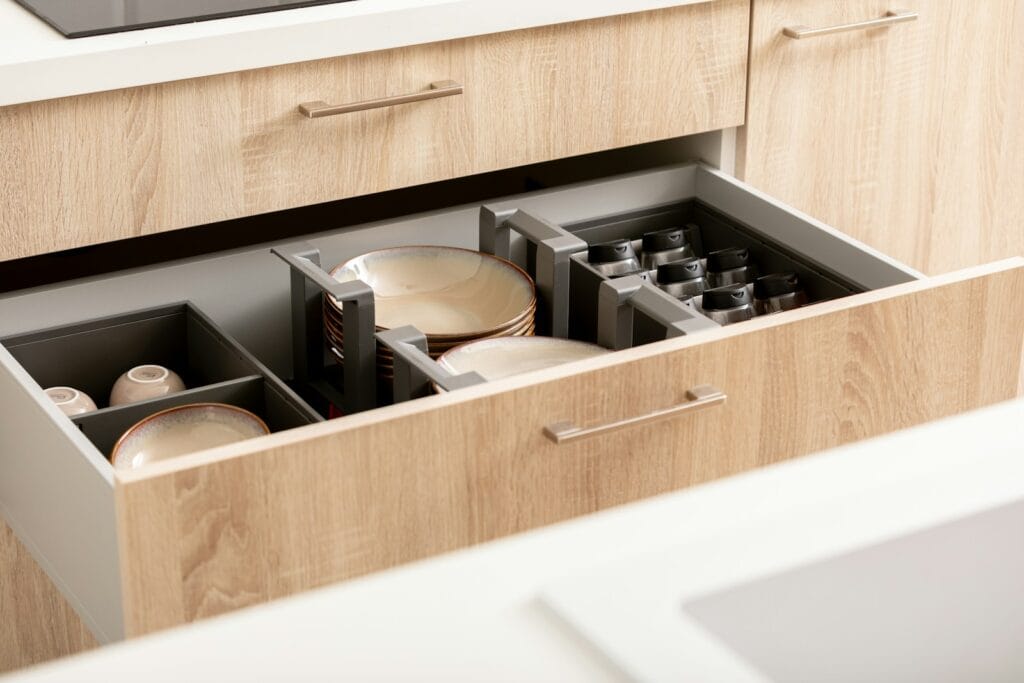
Step 5: Maintain Your Organized Kitchen
Organization isn’t a one-time event—it’s an ongoing process. Here’s how to keep your kitchen in pro-level shape:
- Clean as You Go: Wipe down surfaces and put items back immediately after use.
- Weekly Check-In: Spend 10 minutes each week straightening up drawers, cabinets, and the pantry.
- Seasonal Declutter: Every few months, reassess your kitchen items and donate or discard what’s no longer needed.
- Involve the Household: Make sure everyone knows the system and where things belong.
Bonus Tip: Keep a small “junk drawer” for odds and ends, but limit it to one drawer and clean it out regularly.
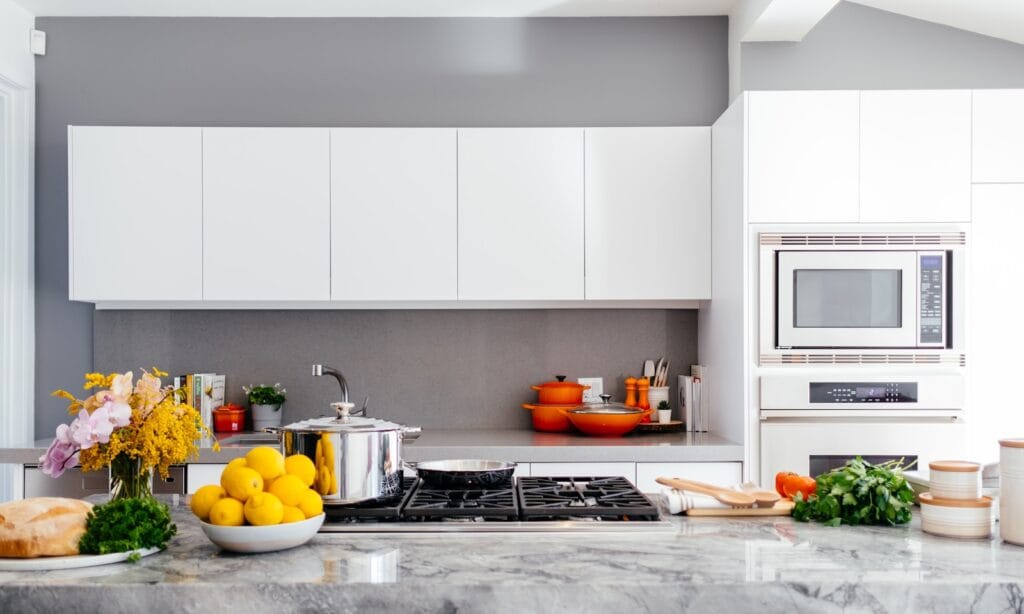
Bonus Tips for Small Kitchens
If you’re working with a small kitchen, these extra tips will help you maximize every inch:
- Use the Inside of Cabinet Doors: Install hooks or small racks for pot lids, measuring spoons, or cleaning supplies.
- Go Vertical: Add a pegboard or wall-mounted shelves for extra storage without taking up counter space.
- Opt for Compact Appliances: Choose smaller versions of essentials like a mini food processor or a slim toaster.

Conclusion
Organizing your kitchen like a pro doesn’t have to be complicated. With these kitchen organization tips and must-have tools, you’ll create a space that’s efficient, clutter-free, and a joy to cook in. Start with decluttering, optimize your layout, and invest in a few key tools to keep everything in its place. Remember, a well-organized kitchen saves time, reduces stress, and makes cooking fun again.
Ready to transform your kitchen? Pick one or two tips from this guide and get started today. Your future self will thank you!
Quick Recap of the Steps
- Declutter your kitchen.
- Optimize your kitchen layout with zones and the work triangle.
- Organize by category and use clear containers.
- Invest in must-have tools like drawer dividers and lazy Susans.
- Maintain your system with daily habits and regular check-ins.
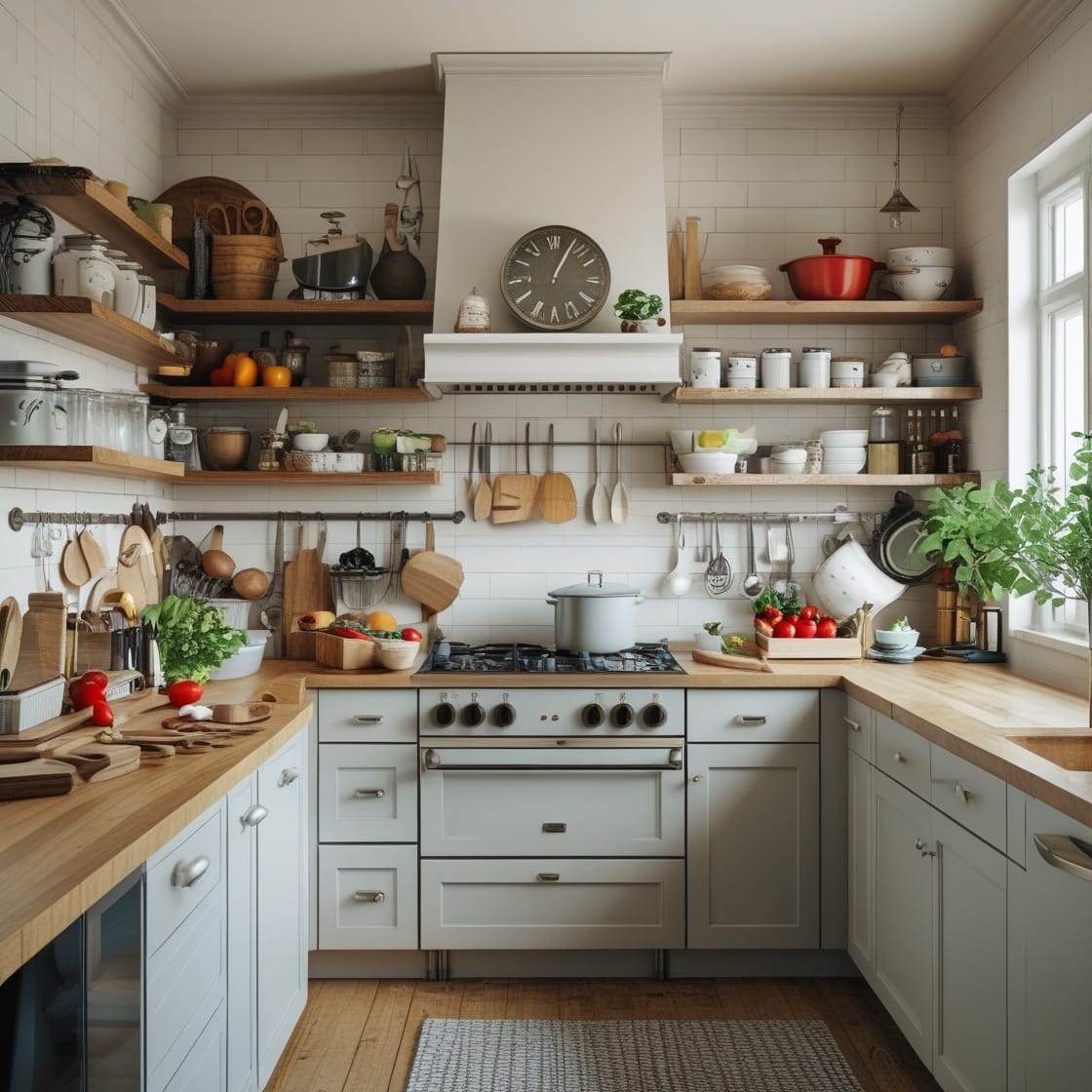
Leave a Reply